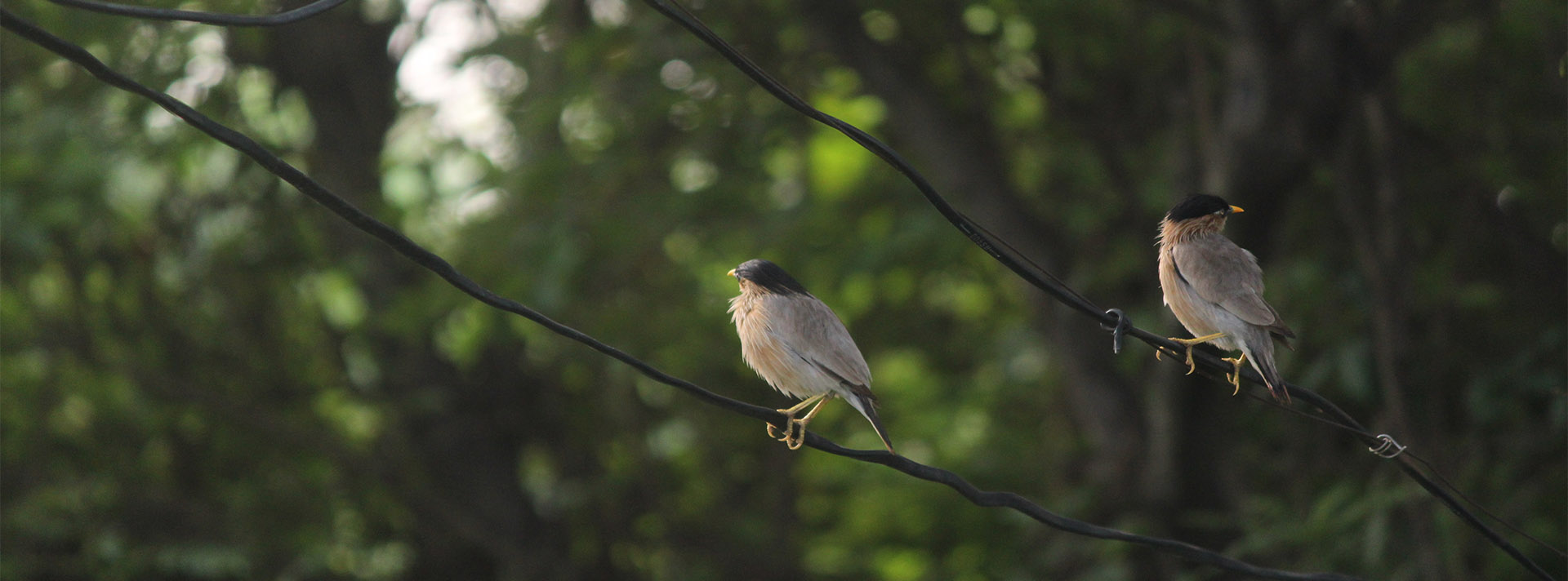One of the main functions of the BMC is to document & maintain the record of local flora & fauna in the form of People’s Biodiversity Register (PBR). The Register contains comprehensive information on availability and knowledge of local biological resources, their medicinal or any other use or any other traditional knowledge associated with them.
The PBR is ’peoples’ document showcasing the richness and status of biodiversity; and knowledge systems, uses and values ascribed to biodiversity. The PBRs are maintained and validated by the BMCs.
PBRs help the State and the local community to become aware of the valuable resources being available in their area which can be utilized for the overall social and economic development of the State. Furthermore, PBRs also help in conservation of the traditional practices and knowledge of the local community.

The document should be periodically updated with additional and new information as and when generated.
PBR template contains 31 formats of landscape and waterscape diversity which includes Agrobiodiversity, Domesticated biodiversity (fruits trees, medicinal plants, ornamental plants/tree/climbers, domesticated animals, culture fisheries), Wild biodiversity(trees/shrubs/herbs/tubers/grasses/climbers), Urban biodiversity etc.
Below is non-visible including this……
The first step towards conservation and sustainable utilization of biodiversity is its documentation. One of the main function of each Biodiversity Management Committee (BMC) is to prepare prepare/record and maintain People’s Biodiversity Registers (PBRs) of their respective areas in consultation with the local people. The Register shall contain comprehensive information on availability and knowledge of local biological resources, their medicinal or any other use or any other traditional knowledge associated with them. The PBR is ’peoples’ document showcasing the richness and status of biodiversity; and knowledge systems, uses and values ascribed to biodiversity. The National Biodiversity Authority (NBA) and the Punjab Biodiversity Board (PBB) provides guidance and technical support to the BMCs in PBRs preparation. The PBRs are maintained and validated by the BMCs.
The preparation of PBRs involves the active support and cooperation of a large number of people who need to share their common as well as specialized knowledge. One of the first steps for preparing PBRs is to organize group meetings to explain the objectives and purpose of the exercise. Different social groups in the village need to be identified for purpose of data collection from those groups. In an urban situation, spots where biodiversity are important need to be identified for the purpose of the study and documentation. The documentation process includes information gathered from individuals through detailed questionnaire, focused group discussion with persons having knowledge and published secondary information. Documentation of knowledge of individuals with regard to biodiversity and its uses is an important part of PBRs. Every effort should be made to identify the persons with proven knowledge of local biodiversity; special attention should be given to the elderly persons who can also provide information’s on the biodiversity which was available in the past but no longer seen at present.
Information provided by people need to be collated, analyzed and crosschecked by the members of the BMCs and Technical Support Groups (TSGs) before documentation. The PBRs is important base document in the legal arena as evidence of prior knowledge and hence careful documentation is necessary. The document should be endorsed by the BMC and later publicized in the respective Panchayat/ Gram Panchayat/Panchayat Samiti. The document can also be a very useful teaching tool for teaching environmental studies at schools, colleges and university level. The document should be periodically updated with additional and new information as and when generate.
Preparations of PBRs are:
- Comprehensive information on availability and knowledge of local biological resources, their medicinal or any other use or any other traditional knowledge associated with them.
- Data about the local vaids and practitioners using the biological resources.


